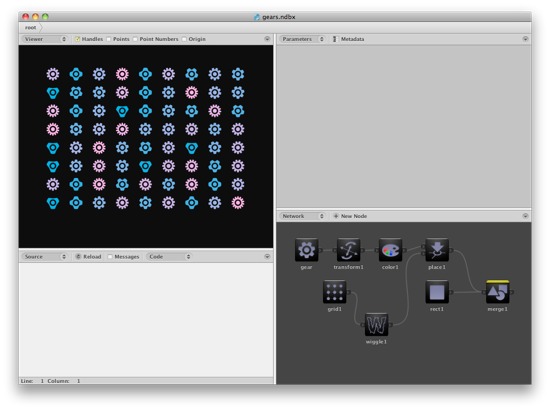

> a pair of lists, a pair of dictionaries, an en verb, an en sentence, > a number of modules, a number of functions, a number of strings, conjunction ( ( 1, 2, 3, 4, 5 ), generalize= True ) print en. You can also quantify the types of things in the given list, class or module: print en. > several chickens, a pair of geese and a duck Notice how goose is correctly pluralized and duck has the right article. The njunction() command quantifies a list of words. The number.quantify() command quantifies the given word: print en. The number.spoken() command writes out the given number: print en. The number.ordinal() command returns the ordinal of the given number, 100 yields 100th, 3 yields 3rd and twenty-one yields twenty-first: print en. and words like I, the, own, him which have little semantical value): print en. The is_connective() command returns True if the word is a connective (nevertheless, whatever, secondly. The is_persuasive() command returns True if the given word is a "magic" word (you, money, save, new, results, health, easy. The is_basic_emotion() command returns True if the given word expresses a basic emotion (anger, disgust, fear, joy, sadness, surprise): print en. The is_html_tag() command returns True when the string is a HTML tag.Ĭategorise words as emotional, persuasive or connective The is_tag() command returns True when the given string is a tag, for example HTML or XML. You can also check for is_verb(), is_adjective() and is_adverb(): print en. The is_noun() command returns True when the given string is a noun. The is_number() command returns True when the given value is a number: print en. import enĬategorise words as nouns, verbs, numbers and more It takes some time to load all the data the first time. You can also put it in ~/Library/Application Support/NodeBox/. Put the en library folder in the same folder as your script so NodeBox can find the library.


Regressive Imagery Dictionary, content analysis.Shallow parsing, the grammatical structure of a sentence.WordNet glossary, synonyms, antonyms, components.Quantification of numbers and lists (e.g.Categorise words as emotional, persuasive or connective.Categorise words as nouns, verbs, numbers and more.Ogden's list of basic English words, and Peter Norvig's spelling corrector. The library bundles WordNet (using Oliver Steele's PyWordNet), NLTK, Damian Conway's pluralisation rules, Bermi Ferrer's singularization rules, Jason Wiener's Brill tagger, several algorithms adopted from Michael Granger's Ruby Linguistics module, John Wiseman's implementation of the Regressive Imagery Dictionary, Charles K. You can use the library to conjugate verbs, pluralize nouns, write out numbers, find dictionary descriptions and synonyms for words, summarise texts and parse grammatical structure from sentences. With the Nodebox English Linguistics library you can do grammar inflection and semantic operations on English content.


 0 kommentar(er)
0 kommentar(er)
